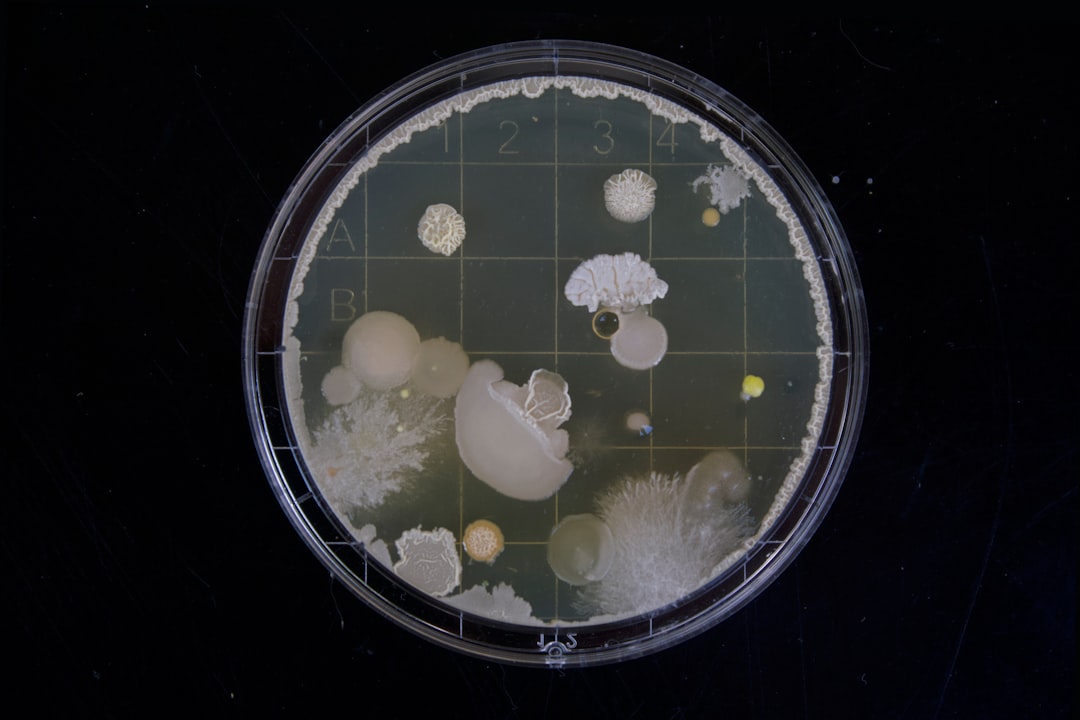What is it about?
Drought is a global problem. The universe temperature rises in recent decade while soil water availability for plants shrinks significantly. Alfalfa is a major forage crop in United States frequently drought stress. Thus, developed as alfalfa cultivar with drought tolerance and water use efficient is time demand. Naturally adapted alfalfa in arid and semiarid regions can possess some molecular and physiological traits that helps them harsh water deficit condition. Evaluation of alfalfa collected from Grand River National Grassland is very important. Once we understand the mechanism, can used those selected mechanism to commercial germplasm to enhance their drought tolerance as well as water use efficiency.
Featured Image
Why is it important?
Our findings for drought tolerance and water use efficient in alfalfa germplasm who are adapted to Midwestern United States under harsh environment will help future cultivar development. Dig out some potential mechanisms were our ultimate goal. We found interesting physiological trait that alfalfa used in natural arid environment to cope with water deficit condition. We screened out couple of germplasm who are not only drought tolerant as well as water use efficient. Our findings will help researcher as well as farmer/ranger in United States and whole world.
Perspectives
Drought is a complex trait. In plants. multiple genes altered and multiple mechanisms are projected under drought stress. So far a significant improvement in research happed for other crops such as, soybean, rice, corn and maize. As alfalfa is a forage crops, naturally they have potential trait to cope with water deficit environment. Understand the molecular and physiological mechanisms are important for further improvement of this crops.
Md Rokebul Anower
The Samuel Robert Noble Foundation
Read the Original
This page is a summary of: Comparative Drought Response in Eleven Diverse Alfalfa Accessions, Journal of Agronomy and Crop Science, December 2015, Wiley,
DOI: 10.1111/jac.12156.
You can read the full text:
Contributors
The following have contributed to this page










